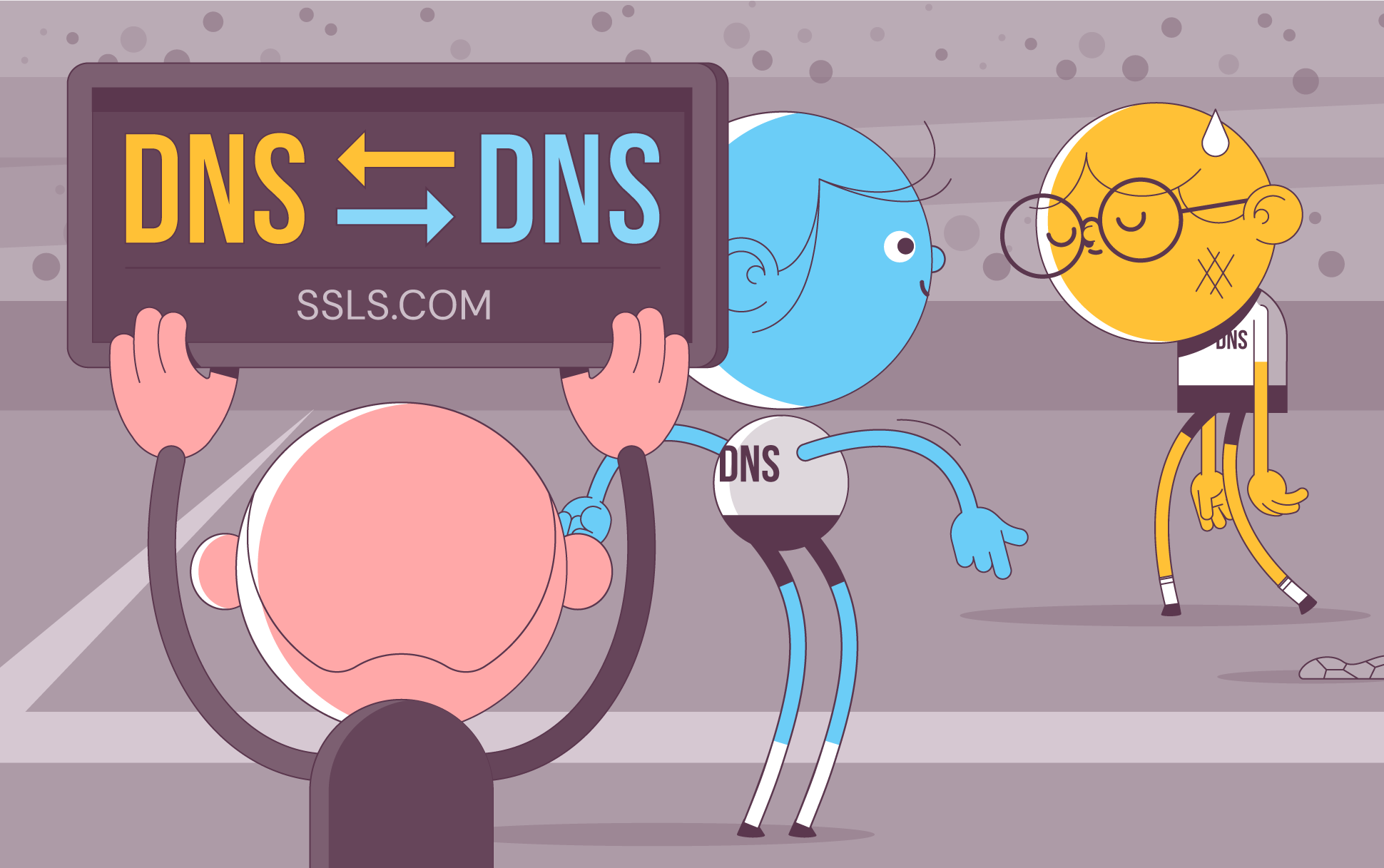
If you have a website or simply use the Internet, you’ve probably experienced DNS forwarding, even if you didn’t realize it. It’s a key mechanism of online networks to keep things running smoothly and efficiently. But like most aspects of using the Internet, it’s all happening in the background, so you’re not even aware of it.
So what exactly does it do? If you’ve been wondering, “what is DNS forwarding?” you’ve come to the right place. Read on to find out.
What is DNS?
To understand DNS forwarding, first, you need to understand the Domain Name System (DNS). As you might have gathered by the name, DNS is the system that underpins the entire World Wide Web. In this system, all domain names have a corresponding IP address. When you type a domain name into your browser, it must translate it into the correct IP address so that the website can load. Entering the domain name into the browser sends a DNS query. If the IP address is found and the website successfully loads, this is known as query resolution.
What is DNS forwarding
DNS forwarding is when a DNS server contacts another nameserver configured for DNS forwarding for help when the initial server can’t find a matching IP address for a domain name in its cache. DNS forwarders are often used in networks with multiple DNS servers to take the pressure off individual servers. Instead, they can send requests to the forwarding server.
For example, imagine typing a web address into your computer’s browser. Your computer will send the DNS query to a configured nameserver. If that nameserver doesn’t have the required IP address and is set up for DNS forwarding, it will forward the request to another DNS server.
Depending on your network type, this DNS server could be an ISP server or public DNS resolver. This server will then examine its own cache for the IP address or send the request on to other servers in the DNS hierarchy. When the IP address is finally found, it will be sent back to the DNS forwarder server and then back to the initial server that made the query, allowing you to load the site on your computer.
The benefits of DNS forwarding
DNS forwarders are commonly used across all sorts of networks, from ISPs to businesses, because they have myriad benefits, including:
- Speeding up query resolution: DNS forwarders can take the pressure off other DNS servers on a network so they won’t have to handle external query requests. A DNS forwarder can build up a cache of external IP addresses, helping to make domain name resolution more efficient for the requesting server.
- Traffic filtering: This process can also be used to block certain kinds of websites from being accessed on a network. DNS servers can be configured to send requests to a filtering service, preventing network users from accessing malicious or inappropriate content.
Improving network performance: Sending requests to a DNS forwarder helps to reduce overall network traffic, particularly if the server is optimized for speed. Generally, the query response time is faster than if the initial DNS server tried to resolve the query itself.

Cora is a digital copywriter for SSLs.com. Having eight years of experience in online content creation, she is a versatile writer with an interest in a wide variety of topics, ranging from technology to marketing.